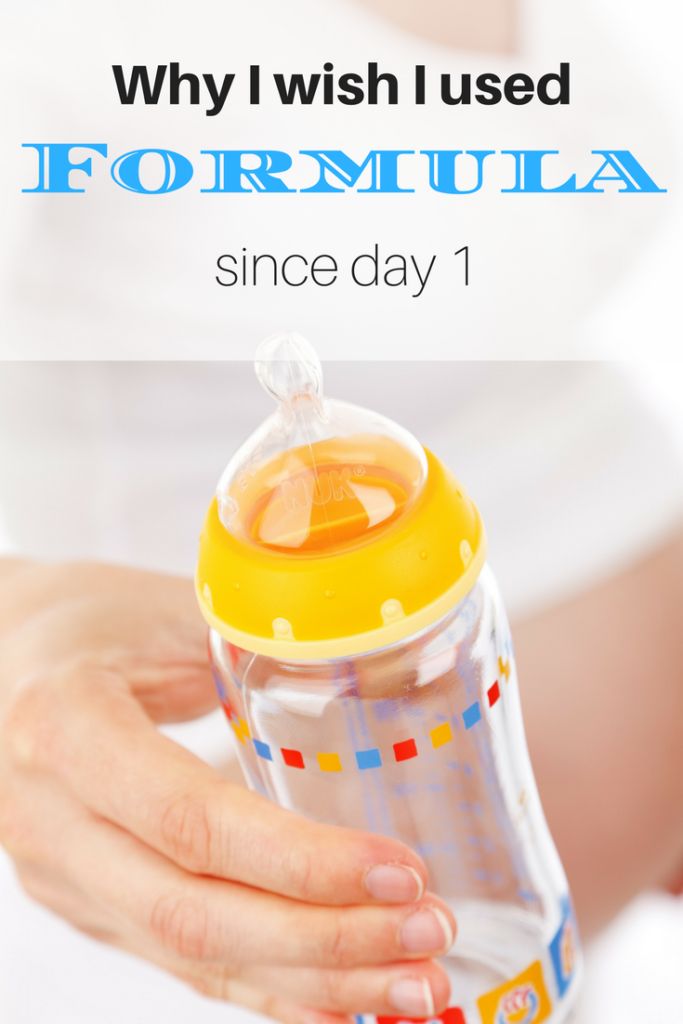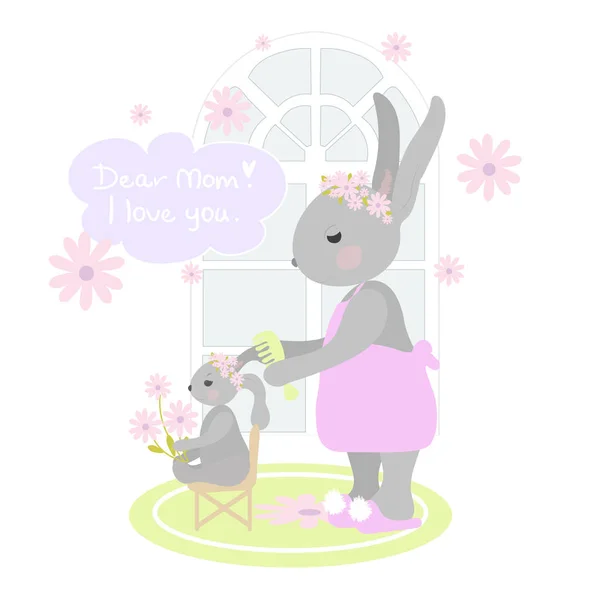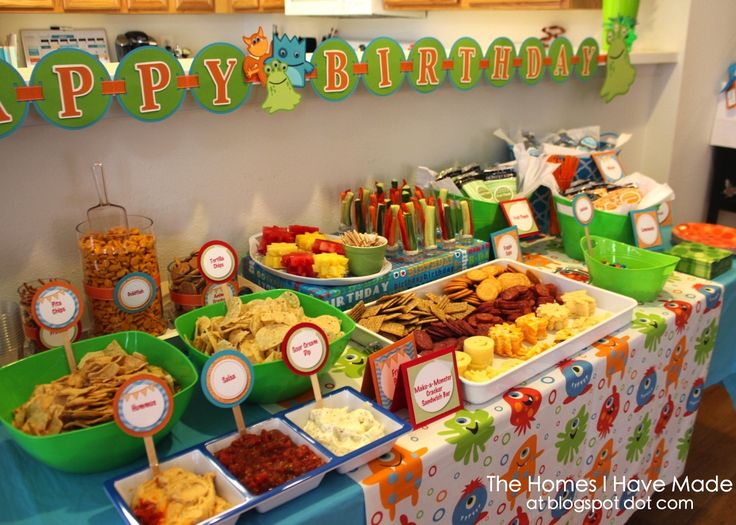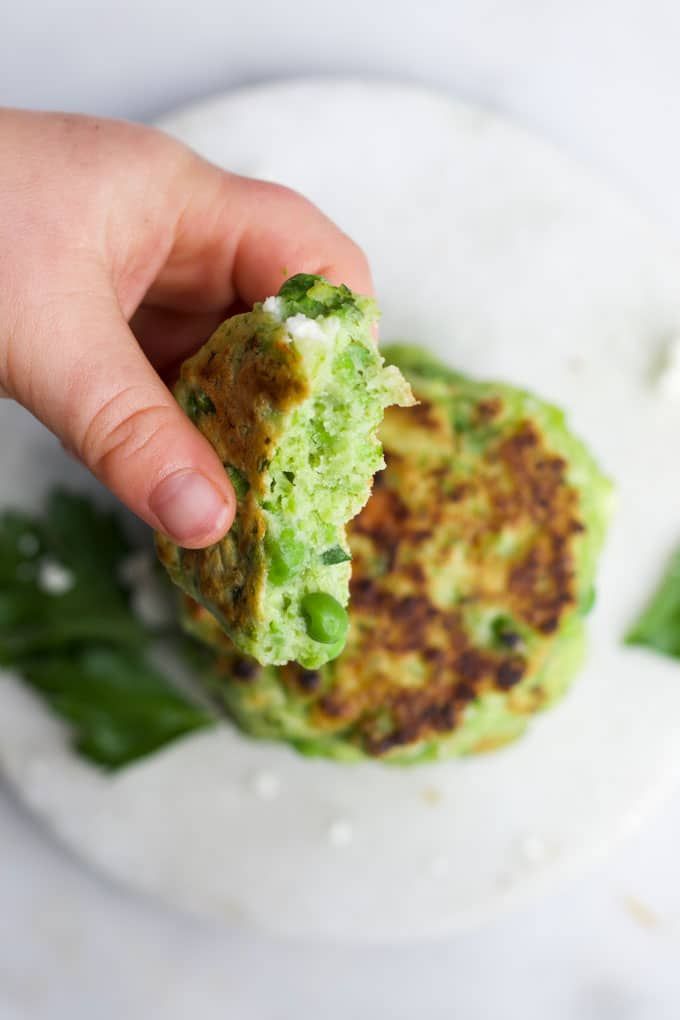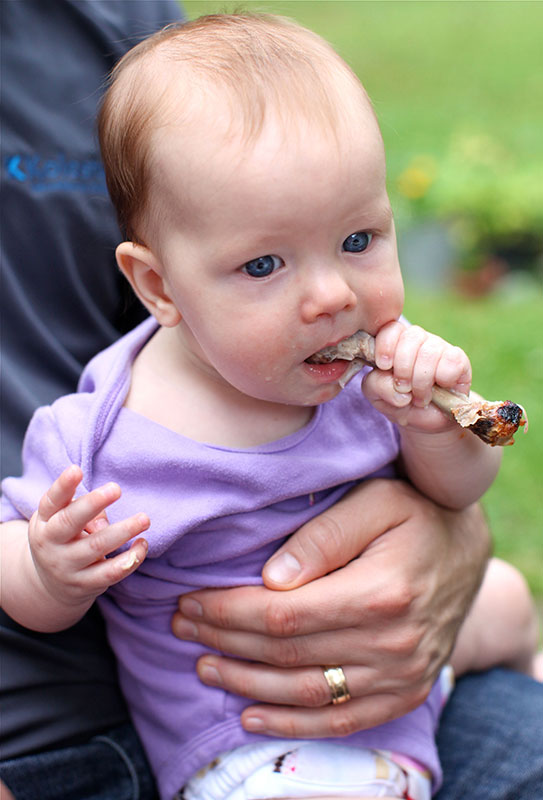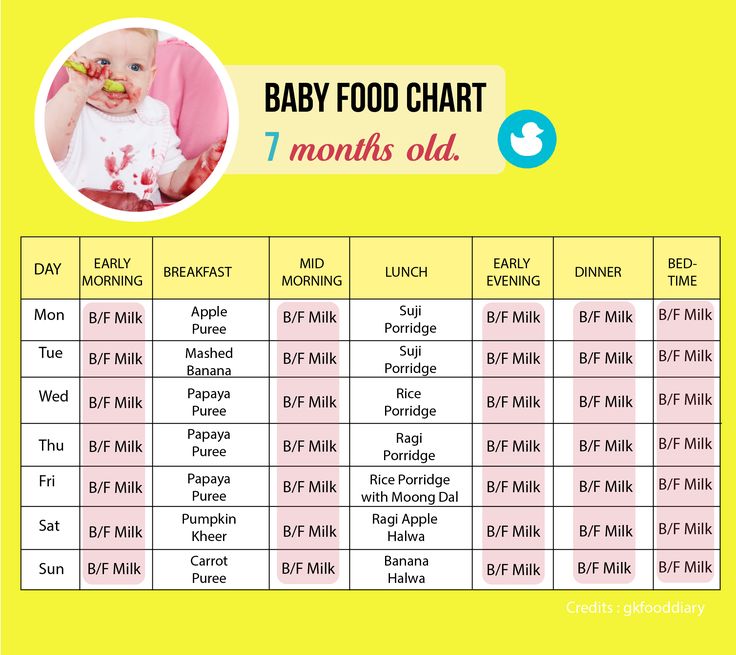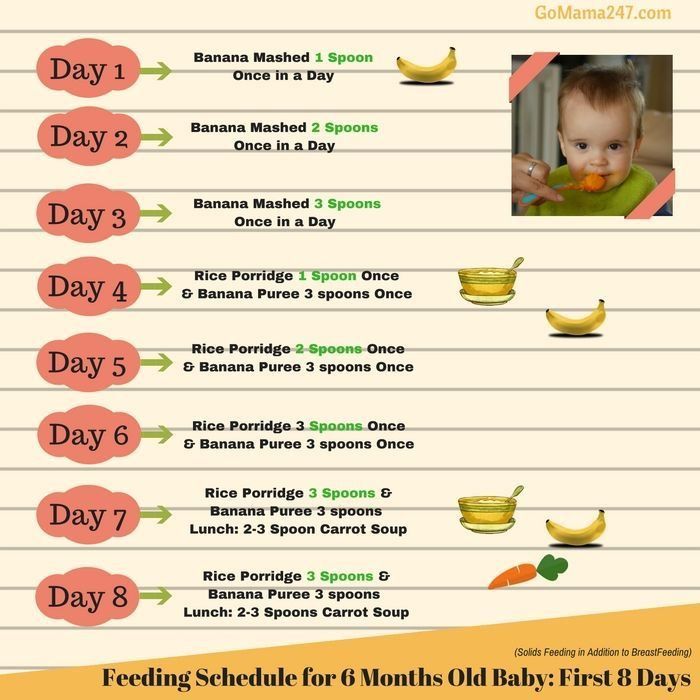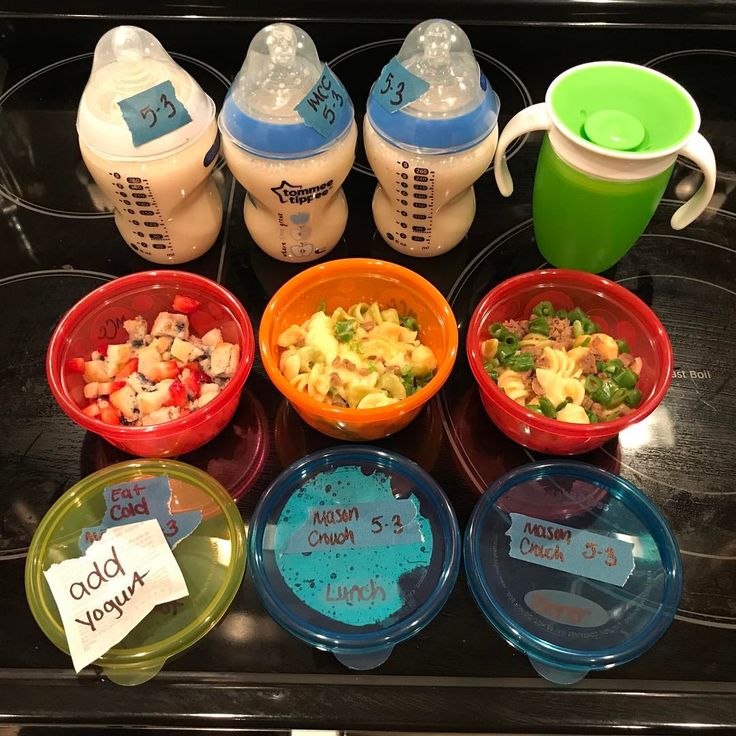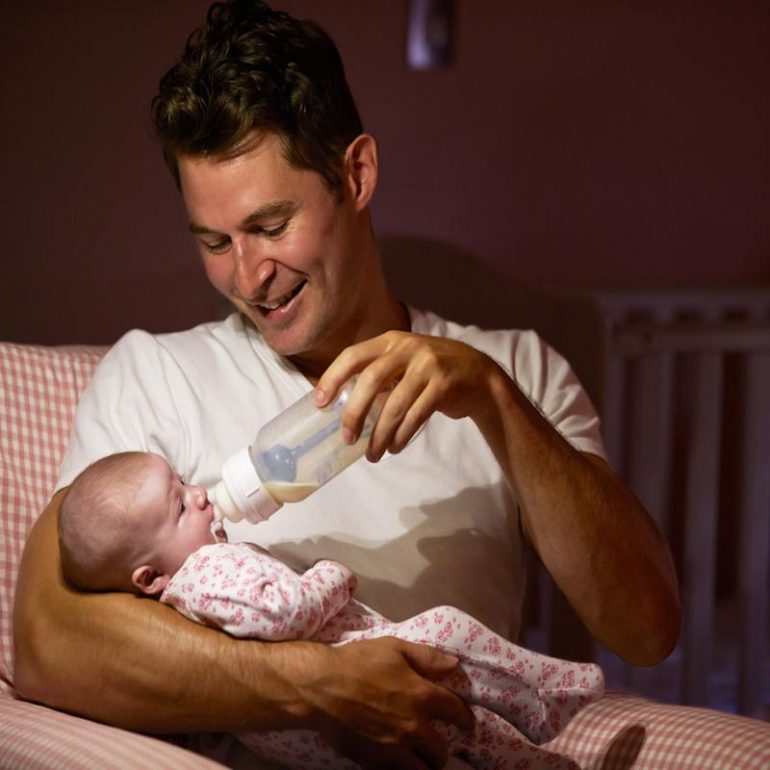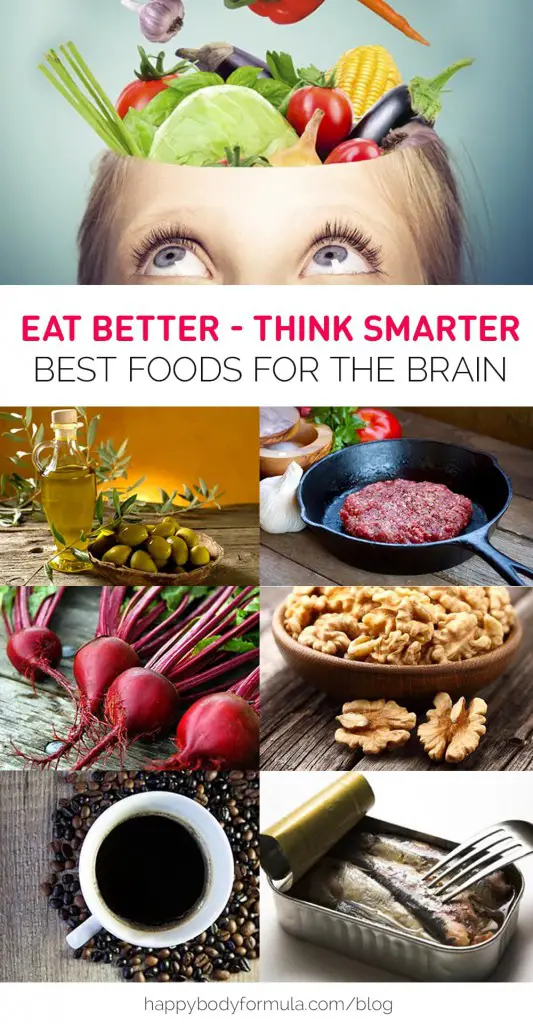How to sterilise baby feeding bottle
Sterilising baby bottles - NHS
It's important to sterilise all your baby's feeding equipment, including bottles and teats, until they are at least 12 months old.
This will protect your baby against infections, in particular diarrhoea and vomiting.
Before sterilising, you need to:
- Clean bottles, teats and other feeding equipment in hot, soapy water as soon as possible after feeds.
- Use a clean bottle brush to clean bottles (only use this brush for cleaning bottles), and a small teat brush to clean the inside of teats. You can also turn teats inside out then wash them in hot soapy water. Do not use salt to clean teats, as this can be dangerous for your baby.
- You can put your baby's feeding equipment in the dishwasher to clean it if you prefer. Putting feeding equipment through the dishwasher will clean it but it does not sterilise it. Make sure bottles, lids and teats are facing downwards. You may prefer to wash teats separately by hand to make sure they are completely clean.
- Rinse all your equipment in clean, cold running water before sterilising.
The advice above applies to all your baby's feeding equipment, and whether you are using expressed breast milk or formula milk.
How to sterilise baby feeding equipment
There are several ways you can sterilise your baby's feeding equipment. These include:
- cold water sterilising solution
- steam sterilising
- boiling
Cold water sterilising solution
- Follow the manufacturer's instructions.
- Leave feeding equipment in the sterilising solution for at least 30 minutes.
- Change the sterilising solution every 24 hours.
- Make sure there are no air bubbles trapped in the bottles or teats when putting them in the sterilising solution.
- Your steriliser should have a floating cover or a plunger to keep all the equipment under the solution.
Steam sterilising (electric steriliser or microwave)
- It's important to follow the manufacturer's instructions, as there are several different types of sterilisers.
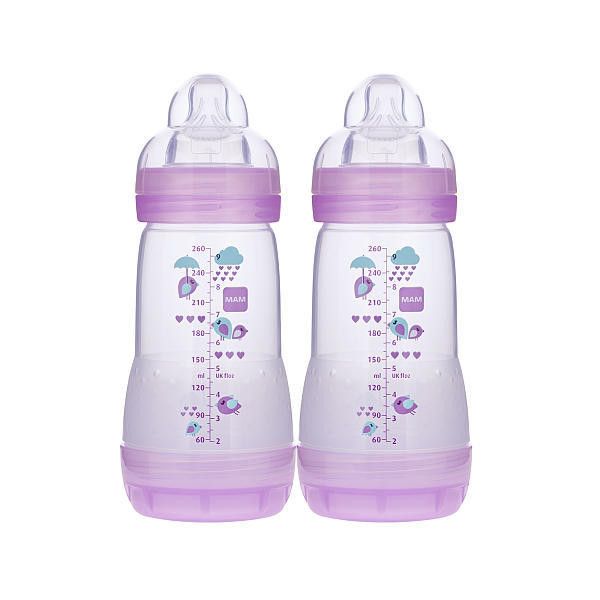
- Make sure the openings of the bottles and teats are facing downwards in the steriliser.
- Manufacturers will give guidelines on how long you can leave equipment in the steriliser before it needs to be sterilised again.
Sterilising by boiling
- Make sure the items you want to sterilise in this way are safe to boil.
- Boil the feeding equipment in a large pan of water for at least 10 minutes, making sure it all stays under the surface.
- Set a timer so you do not forget to turn the heat off.
- Remember that teats tend to get damaged faster with this method. Regularly check that teats and bottles are not torn, cracked or damaged.
After you've finished sterilising
- It's best to leave bottles and teats in the steriliser or pan until you need them.
- If you do take them out, put the teats and lids on the bottles straightaway.
- Wash and dry your hands before handling sterilised equipment. Better still, use some sterile tongs.

- Assemble the bottles on a clean, disinfected surface or the upturned lid of the steriliser.
Find out more about expressing breast milk and how to make up formula feeds.
Page last reviewed: 24 September 2019
Next review due: 24 September 2022
Cleaning and sterilising baby bottles
Cleaning and sterilising baby bottles | Pregnancy Birth and Baby beginning of content4-minute read
Listen
It’s essential to properly wash and sterilise the feeding equipment when you’re bottle feeding. You'll need to clean and sterilise each bottle, teat and screw cap after every feed. It’s important that you continue sterilising everything until your baby is 12 months' old.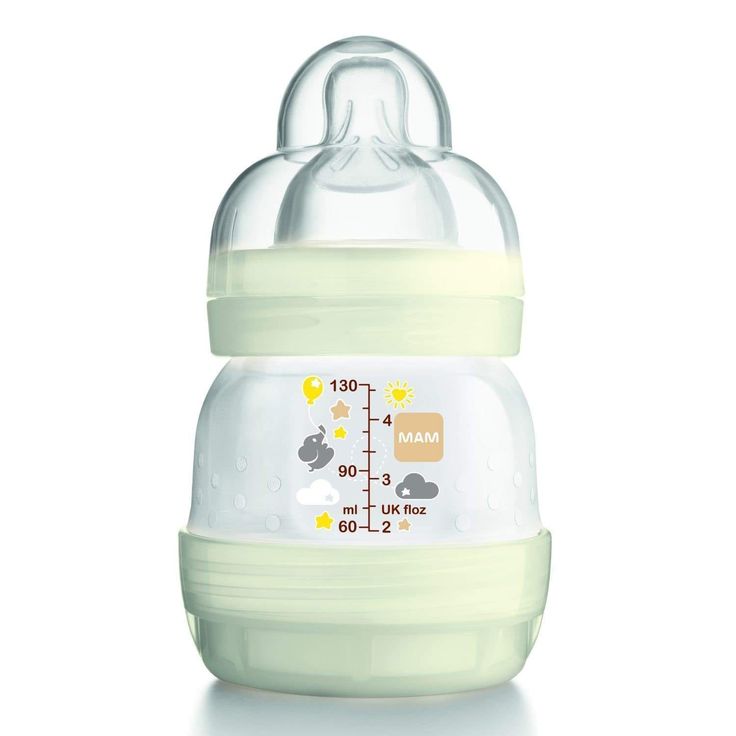
Why is it important to clean and sterilise my baby’s bottles?
Babies have immature immune systems so they aren’t strong enough to fight off a range of infections. One important way to support them in staying healthy is to reduce the chances of their getting sick in the first place.
Milk is the perfect medium in which bacteria can grow. This is why it’s important to sterilise all feeding equipment and keep formula cold until just before feeding your baby.
What equipment needs cleaning and how often?
You need to clean and sterilise all bottle parts, teats and screw caps.
- Separate all parts of the bottle and pull the teat out of its screw cap.
- Use hot water and dishwashing detergent.
- Clean all areas of the bottle with a bottle brush, including the thread where the cap screws on.
- Remove any milk still sitting in the teat or the hole with a teat brush.
- Squeeze hot, soapy water through the teat hole, then do the same with clean water to rinse the teat.
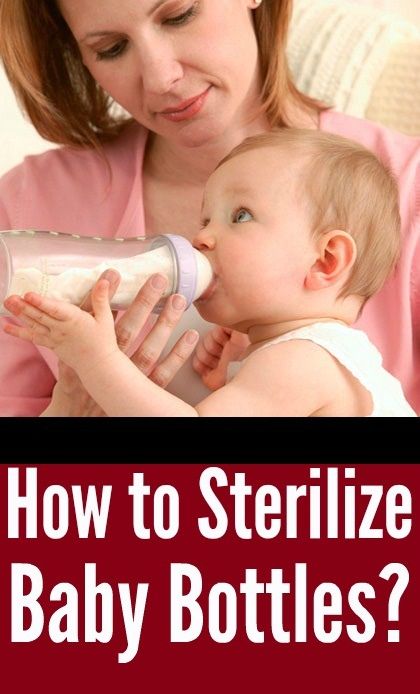
- Make sure to rinse the bottles and equipment well.
Get a new bottle brush once the bristles are worn. They need to be stiff enough to remove all the milky residue from the inside of the bottle.
How to sterilise feeding equipment
Even if bottles and teats look clean, they might still carry germs to your baby so it’s essential to sterilise your feeding equipment properly.
There are 3 ways to do this: boiling, steam sterilisation and chemical sterilisation.
If you’re breastfeeding and only need to sterilise a bottle occasionally, the boiling method may be good enough. It’s also cheaper than buying a steam steriliser. If you’re expressing and/or bottle feeding, then a steam steriliser might be the best option.
The boiling method
- Put all parts of the cleaned bottle, including teats, in a large saucepan.
- Cover the equipment with tap water.
- Make sure all air bubbles are out of the bottles and that they are fully submerged under the water.

- Bring the water to the boil.
- Boil for 5 minutes.
- Let the feeding equipment cool in the saucepan before taking it out.
- Place all the feeding equipment in a clean container and put it in the fridge. Make sure the container is covered firmly with a lid.
- You can store everything in the fridge for up to 24 hours.
The steam sterilisation method
Steam sterilisers are popular because they work quickly, are cheap to use and are very effective. They heat water to boiling point and the steam kills the bacteria. Some steam sterilisers are designed to operate in a microwave.
- Place the clean bottles and feeding equipment in the steriliser.
- Make sure there’s enough room between each bottle, teat and screw cap for the steam to circulate around all surfaces.
- Follow the manufacturer’s directions about how much water to add.
- Turn on and push the button to start. If you’re using a microwave steriliser, place the steriliser in the microwave and turn on for the correct time.

- Wait until the sterilisation cycle has finished and the light goes off.
- Store all sterilised feeding equipment in a clean, lidded container in the fridge.
- Sterilise all equipment again if you haven’t used it within 24 hours.
The chemical sterilisation method
Be careful when using chemical sterilisation. Many methods use bleach, which can also bleach clothing and surfaces, and irritate the skin, if spilt.
Antibacterial chemical sterilisation solutions are available in liquid and tablet form. They need to be prepared exactly as directed on the container.
- Make sure you have a container that’s large enough to hold your baby’s bottles and feeding equipment.
- Use the recommended amount of tap water to prepare the sterilising solution.
- Submerge all bottles and feeding equipment in the solution. Make sure there are no bubbles left in the bottles.
- Leave the equipment in the solution for the recommended time – there’s no need to rinse the solution off after sterilisation.
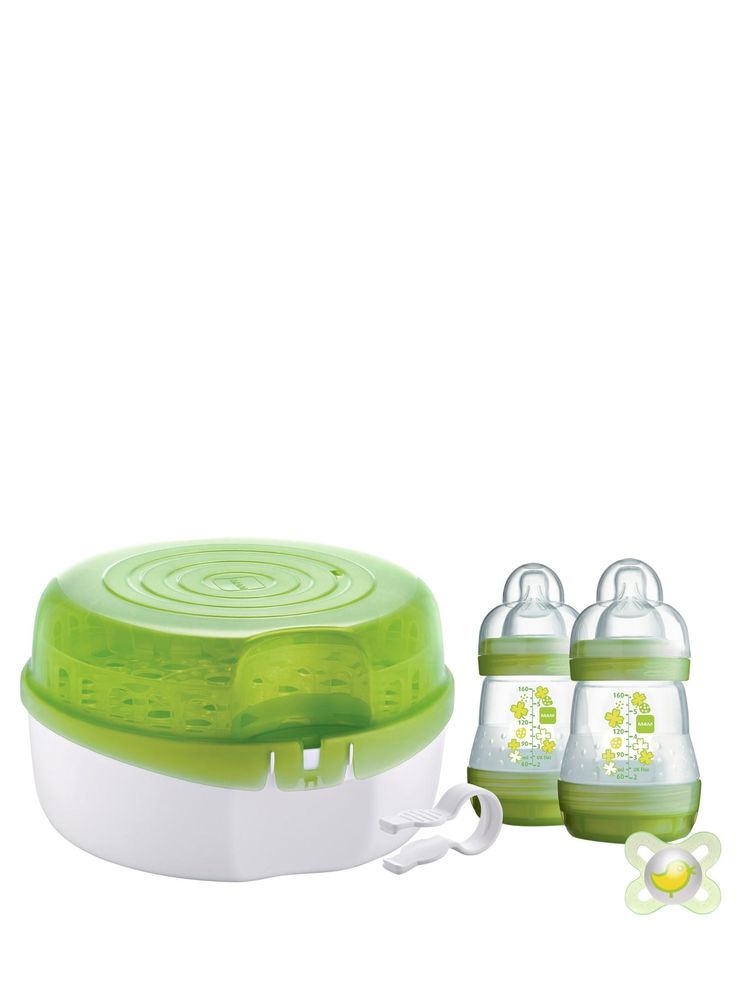
- Throw out the solution after 24 hours and wash out the container before preparing a new batch.
Wash your hands before handling sterilised feeding equipment
Make sure you wash and dry your hands before you handle sterilised bottles and teats. It’s easy to contaminate equipment just by touching it with unclean hands.
Sources:
Child and Youth Health (Feeding your baby), Raising Children Network (Bottle feeding: cleaning and sterilising equipment), Karitane (Bottle Feeding)Learn more here about the development and quality assurance of healthdirect content.
Last reviewed: September 2020
Back To Top
Related pages
- Expressing and storing breast milk
- Making formula – dos and don'ts
- Feeding your baby with formula
- Breastfeeding your baby
Need more information?
Bottle-feeding: cleaning & sterilising | Raising Children Network
Bottle-feeding your baby? Find out what equipment you need – bottles, teats, rings and caps – plus how to clean and sterilise it all.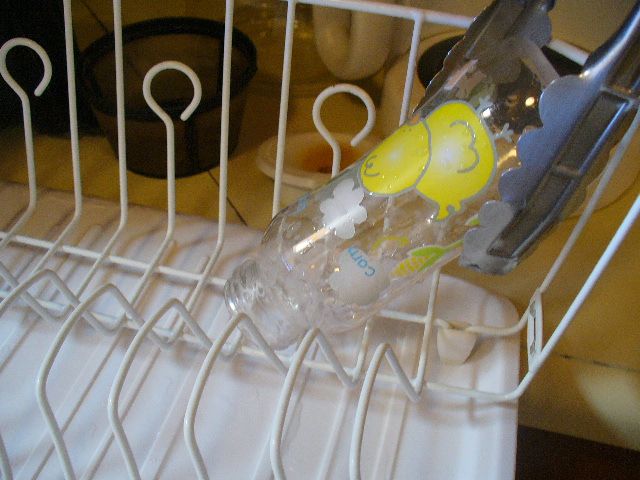
Read more on raisingchildren.net.au website
Baby formula & bottle-feeding for babies | Raising Children Network
Baby formula is the only safe alternative to breastmilk for the first 12 months. All Australian cow’s milk-based formulas meet strict standards. Read more.
Read more on raisingchildren.net.au website
Breastmilk & breastfeeding: benefits | Raising Children Network
Breastmilk – designed by nature for human babies. Breastmilk and breastfeeding have many health and practical benefits for mothers and babies. Read more.
Read more on raisingchildren.net.au website
Feeding your baby with formula
Learn about formula feeding for your baby, how is it different to breastmilk, why formula feed and what do if your baby is allergic to formula.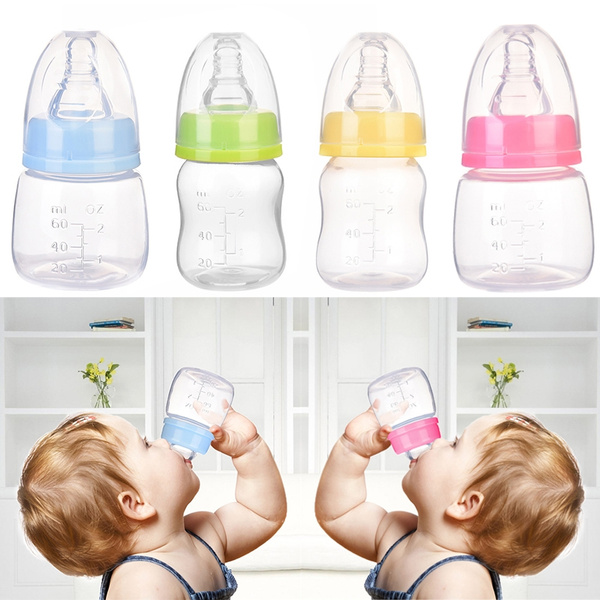
Read more on Pregnancy, Birth & Baby website
Dummies: advantages, disadvantages & tips | Raising Children Network
Dummies soothe some babies and help them settle. But dummies can be a hard habit to break, and babies also need help to manage them. Get tips for dummy use.
Read more on raisingchildren.net.au website
Expressing breastmilk & storing breastmilk | Raising Children Network
You can express breastmilk by hand, or with a manual or an electric pump. Store expressed breastmilk in special bags or containers in the fridge or freezer.
Read more on raisingchildren.net.au website
Disclaimer
Pregnancy, Birth and Baby is not responsible for the content and advertising on the external website you are now entering.
Need further advice or guidance from our maternal child health nurses?
1800 882 436
Video call
- Contact us
- About us
- A-Z topics
- Symptom Checker
- Service Finder
- Linking to us
- Information partners
- Terms of use
- Privacy
Pregnancy, Birth and Baby is funded by the Australian Government and operated by Healthdirect Australia.
Pregnancy, Birth and Baby is provided on behalf of the Department of Health
Pregnancy, Birth and Baby’s information and advice are developed and managed within a rigorous clinical governance framework. This website is certified by the Health On The Net (HON) foundation, the standard for trustworthy health information.
This site is protected by reCAPTCHA and the Google Privacy Policy and Terms of Service apply.
This information is for your general information and use only and is not intended to be used as medical advice and should not be used to diagnose, treat, cure or prevent any medical condition, nor should it be used for therapeutic purposes.
The information is not a substitute for independent professional advice and should not be used as an alternative to professional health care. If you have a particular medical problem, please consult a healthcare professional.
Except as permitted under the Copyright Act 1968, this publication or any part of it may not be reproduced, altered, adapted, stored and/or distributed in any form or by any means without the prior written permission of Healthdirect Australia.
Support this browser is being discontinued for Pregnancy, Birth and Baby
Support for this browser is being discontinued for this site
- Internet Explorer 11 and lower
We currently support Microsoft Edge, Chrome, Firefox and Safari.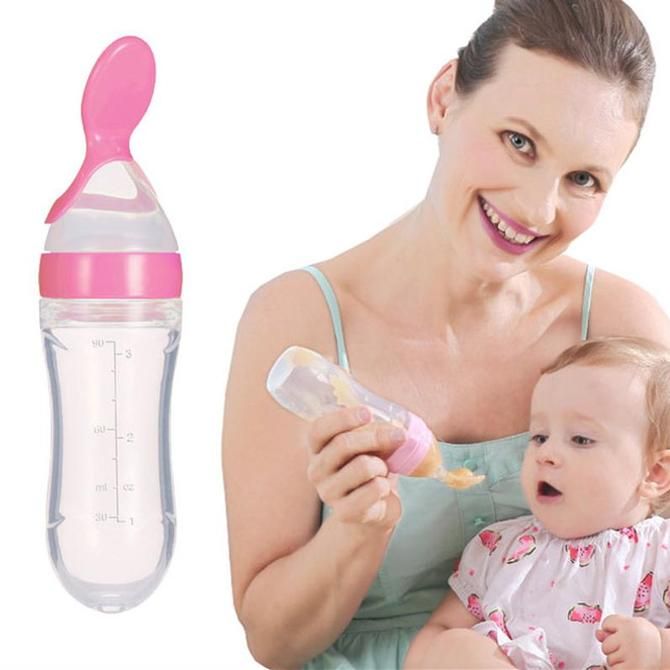 For more information, please visit the links below:
For more information, please visit the links below:
- Chrome by Google
- Firefox by Mozilla
- Microsoft Edge
- Safari by Apple
You are welcome to continue browsing this site with this browser. Some features, tools or interaction may not work correctly.
How to sterilize baby dishes | Agu-baby.by
How to sterilize baby dishes
You can argue about the need to sterilize baby dishes, pacifiers and nipples for newborns. Some mothers say that an extra microbe in the body will not hurt, because very soon the baby will have to face bacteria in reality, outside the home. Others believe that cleanliness is above all and carefully process all objects that have fallen on the floor.
To sterilize or not to sterilize?
We are for the golden mean. While the body of a newborn is weak, it is very easy to catch an intestinal infection from a poorly washed bottle, stomatitis or a number of other diseases, and getting sick with these diseases in infancy is much more dangerous than, say, in a year.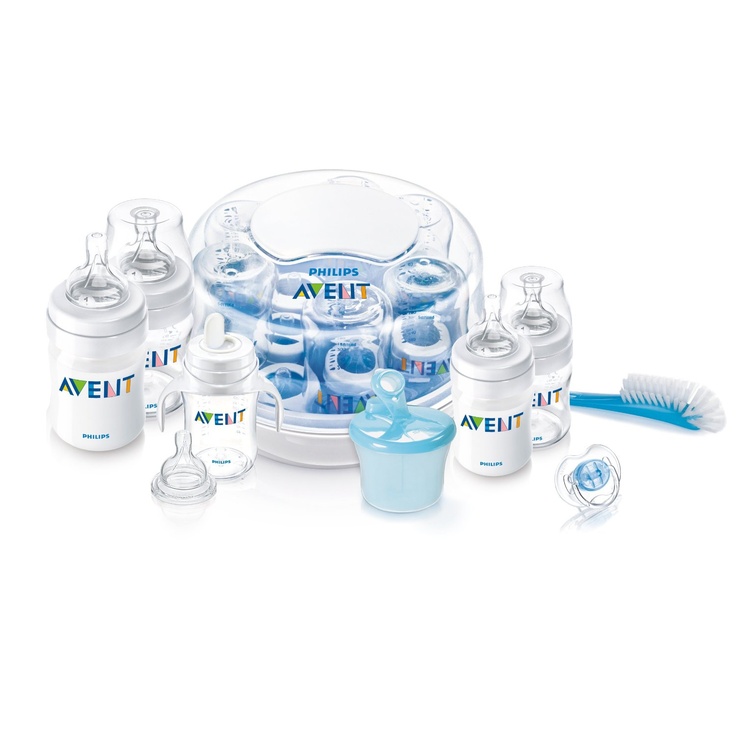 Therefore, at first, you should protect the child.
Therefore, at first, you should protect the child.
There are also circumstances when sterilization is indispensable:
-
immediately after purchasing a new bottle or pacifier;
-
after an illness of a child;
-
if the mixture remains sour. Bacteria multiply very quickly in a dairy environment, so it is impossible to store the finished mixture for a long time. Wash dishes immediately after feeding!
Until what age is sterilization necessary?
Pediatricians consider - up to 4-6 months. Then the decision is made by the parents themselves. Most mothers extend the sterilization procedure up to 1.5 years, gradually reducing it to rinsing a dropped nipple in soapy water or pouring boiling water over a bottle.
How and with what to sterilize?
It is necessary to sterilize clean dishes, so you must first wash it with baby, laundry soap or soda.
- Boiling
Put bottles and pacifiers in a pot of water, cover, boil for 4-10 minutes.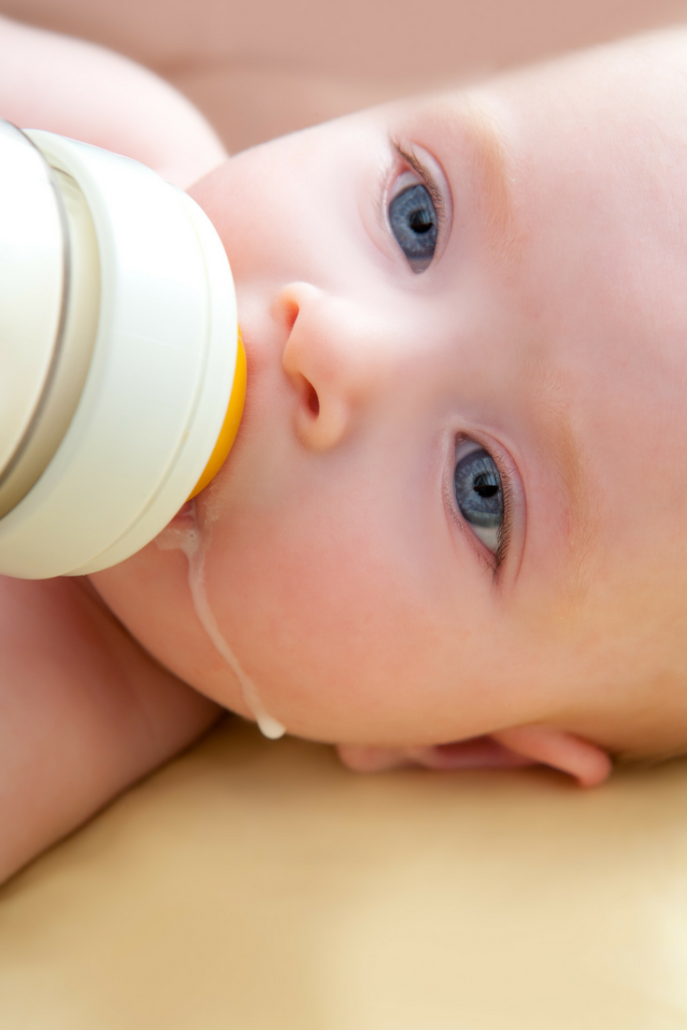 Glass bottles can be boiled for up to 10 minutes. On modern plastic products, manufacturers themselves indicate the temperature and method of disinfection.
Glass bottles can be boiled for up to 10 minutes. On modern plastic products, manufacturers themselves indicate the temperature and method of disinfection.
Then drain the water and wait for the items to cool down.
There is a drawback in this method: not all accessories can withstand boiling. For example, low-quality plastic bottles can be deformed. Quickly become unusable and nipples. Latex and silicone are processed for only 4 minutes, but they are somehow deformed and cracked. More wear-resistant are rubber tips (they can be boiled for 10 minutes).
- Steamer and multicooker
In a double boiler, the destruction of microbes occurs under the influence of hot steam. Putting the bottles upside down, it is enough to process them for 5 - 15 minutes. For this purpose, turn on the multicooker in the “Steamer” or “Cooking” mode.
- Microwave.
Put food items in a regular microwave bowl, pour water and turn on for 7 minutes.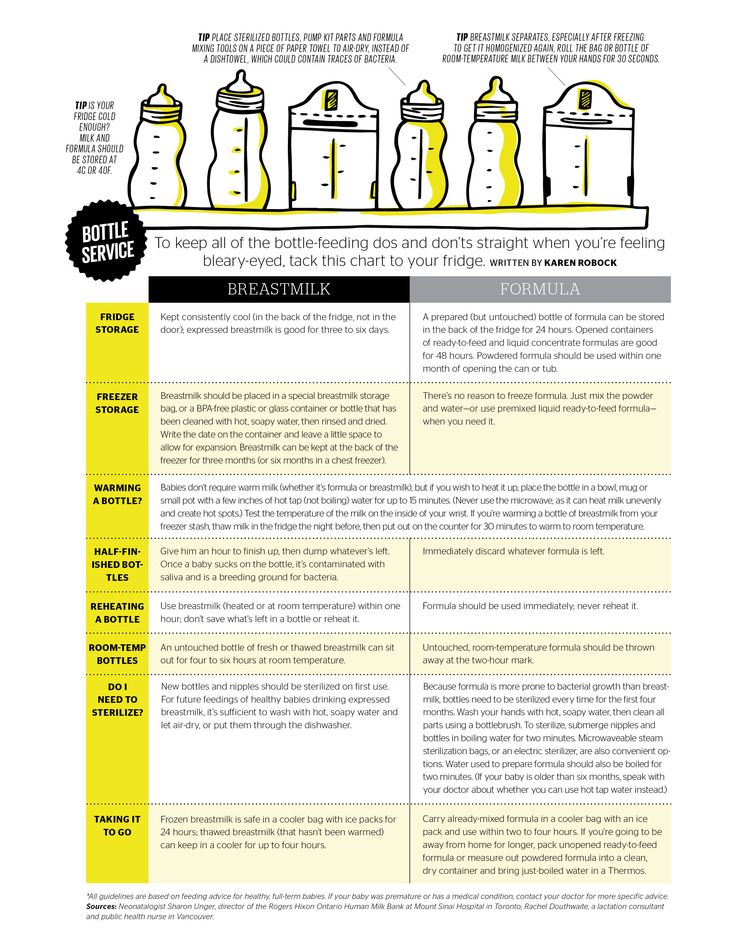 You can use bags for sterilization, in which the bottles are folded and sent to the oven. And finally, you can buy a special microwave sterilizer.
You can use bags for sterilization, in which the bottles are folded and sent to the oven. And finally, you can buy a special microwave sterilizer.
- Cold sterilization
In pharmacies, you can buy special tablets, from which it is easy to prepare a solution for disinfecting dishes (treatment 30 minutes). Such tablets are convenient to use on the road.
- Sterilizer
And, finally, the most reliable method of sterilization is with the help of steam and electrical appliances. They are easy to use and guarantee a high quality of disinfection - objects remain sterile for several hours. Multiple bottles can be sterilized at the same time. Processing dishes in steam machines completely destroys unwanted odors.
Holding time - 10 minutes.
Dear mothers! Choose the methods and methods of sterilization that are most suitable for you, but do not forget that excessive sterility leads to weak immunity in a child.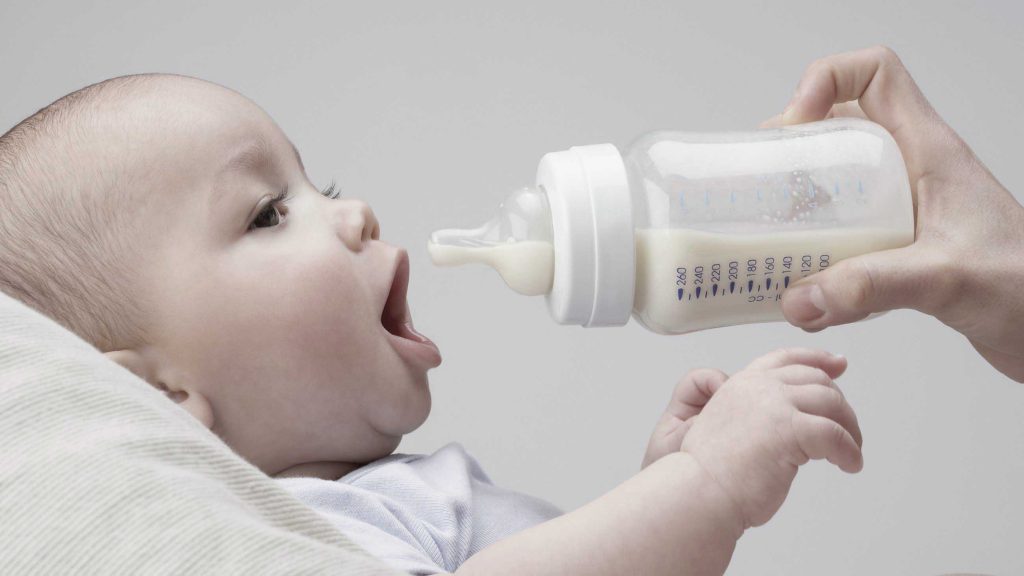
HOW TO STERILIZE PHILIPS AVENT BOTTLES
Teats and bottles harbor millions of microbes. They are not afraid of boiling water, soda and detergents. The only thing that kills them is hot steam, which literally dissolves bacilli with a probability of up to 99.9%. Porridge and milk keep longer. A formula-fed baby is less likely to get sick.
So, mums, end your feeding with poorly washed bottles and learn how to disinfect them the way our grandmothers did. Only in a new way.
How to sterilize baby bottles
Washing with a brush or sponge is a must after every feeding. And it is better to sterilize in the evening or in the morning, in order to get rid of all pathogenic bacteria and not worry about the cleanliness of children's accessories.
When doing this, you must follow the safety rules: otherwise you can inadvertently scald or deform plastic dishes.
Below are three general guidelines for sterilizing baby bottles.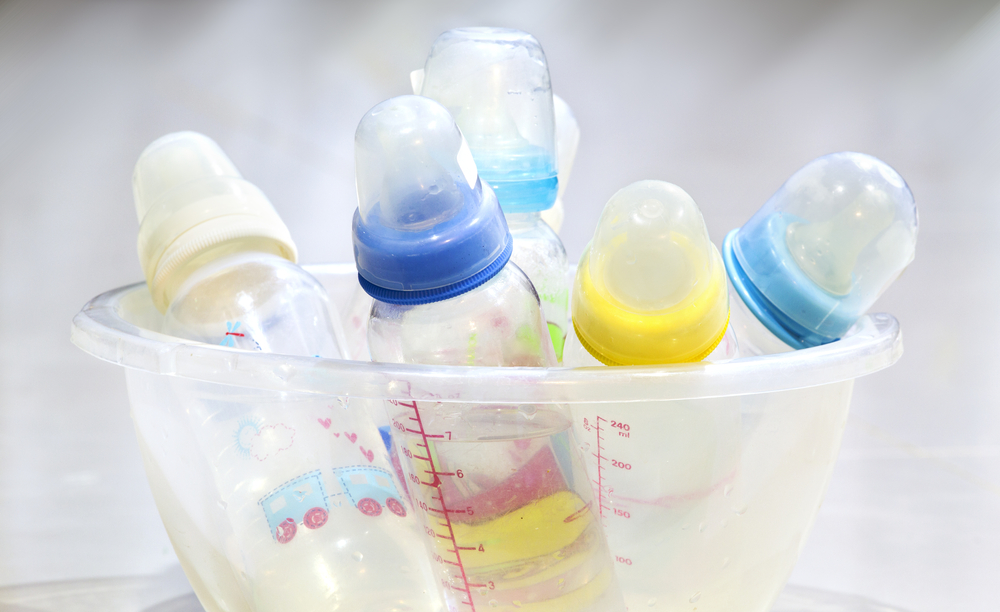
- The utensil must not be immersed in boiling water, otherwise it will soften and melt.
- Glasses and bottles are placed with their neck down: so that the steam cleans the inside, and the condensate flows down the walls into a bowl.
- Bottles must not touch the sides of the pan as they may melt and stick to them.
After sterilization, it is better not to remove the dishes from the container for about ten minutes. It should cool down to a comfortable temperature. And if you really need it, you should use tongs, oven mitts or a kitchen towel folded in several layers.
By the way: Baby utensils: how to choose - 4 key parameters to help
How to sterilize nipples for children?
Teats are sterilized in the same way as bottles, but with the base down - to steam not only the outer, but also the inner walls. And let the moisture drain.
Types of sterilization
Two types of sterilization are used for the treatment of children's utensils - steam and dry heat.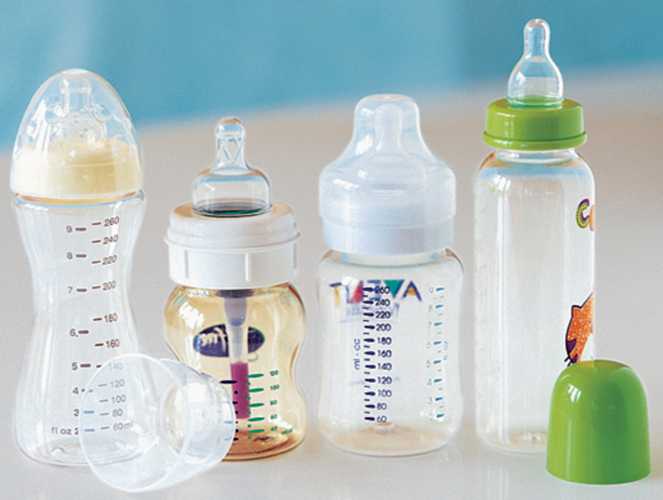
- In the first case, the vessel is steamed.
- In the second, washed and still wet bottles are heated in the oven, sterilizer, microwave, multicooker and even in the dishwasher, which supports steam treatment at 80+°C.
Life hack: how to steam bottles and other things with sterilization bags (such as Nuvita NV1087)
- Put dishes in food bags.
- Pour 60-70 ml of water into them.
- Microwave for 2-3 minutes.
The sterilization process is as simple as a copper penny. Evaporating moisture destroys pathogenic (and not only) microbes from various surfaces. Materials exposed to hot air and steam do not creak from cleanliness, but are sterile and safe for health.
Not only teats and bottles are disinfected in this way, but also brushes, bowls, thermoses and cups like Avent SCF796/01 and more.
An interesting article: When the first baby stroller appeared: 10 facts from history
In the microwave
There are 3 sterilization options in the microwave oven. Not all of them are suitable for processing nipples.
Not all of them are suitable for processing nipples.
- Place the bottles in a glass or ceramic dish → fill it with water → cover with a lid → put the microwave on maximum power for 5-7 minutes.
- Pour water into the bottle 1-1.5 cm from the bottom → microwave for 3-5 minutes. The nipples will have to be washed separately.
- In the Nuvita type microwave sterilizer (NV1085), it is enough to put the container → pour water → click on the valve → set the device to work for 5-8 minutes.
Picking up a hot dish is easier with tongs or oven mitts.
Sterilization in the microwave gives its advantages and disadvantages, described in the table: the inner bowl of the multicooker. So that the saucepan does not smell like food, otherwise bottles or children's dishes will take over this smell.
The subsequent sterilization process in the multicooker is similar to microwave.
- Pour ≈ 1-1.5 liters of water into the bowl.
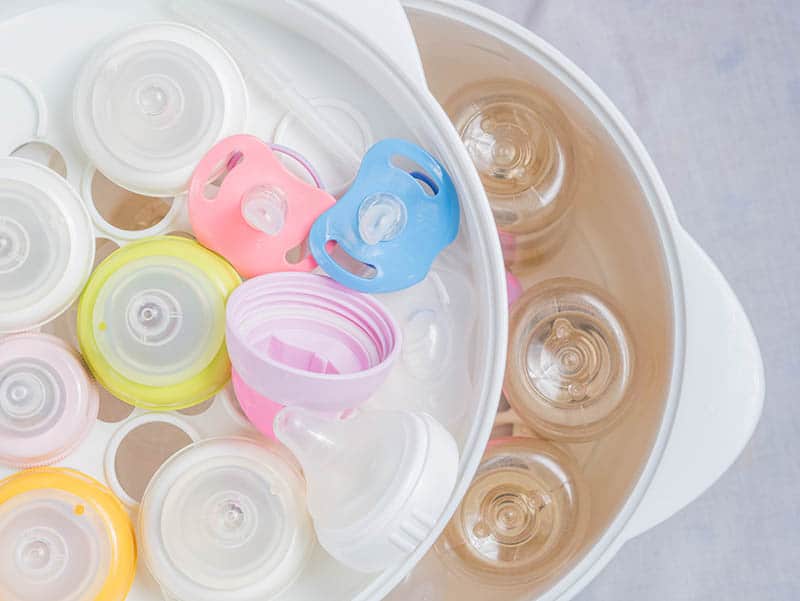
- Place the steam rack and place the bottles upside down.
- Seal the steam device hermetically.
- Set "Steam" mode to 15 minutes or "Sterilize" mode.
- Remove the dishes and cover with a towel to cool completely.
This method also has its pros and cons.
Sterilizer
Children's sterilizer is an electrical device for cleaning utensils. Works carefully, the bottle will not crack due to overheating.
In the steam sterilization method, everything is calculated with medical precision. The device holds up to 6-8 bottles and the same number of nipples. A great example of such a device is the Philips Avent 3-in-1 steam sterilizer. It is ideal for a family with several kids.
The principle of operation of the device is nowhere simpler. It consists of step by step actions.
- Pour cold water into the tank (how much is indicated in the instructions).
- Place the pre-cleaned bottles in the special niches.
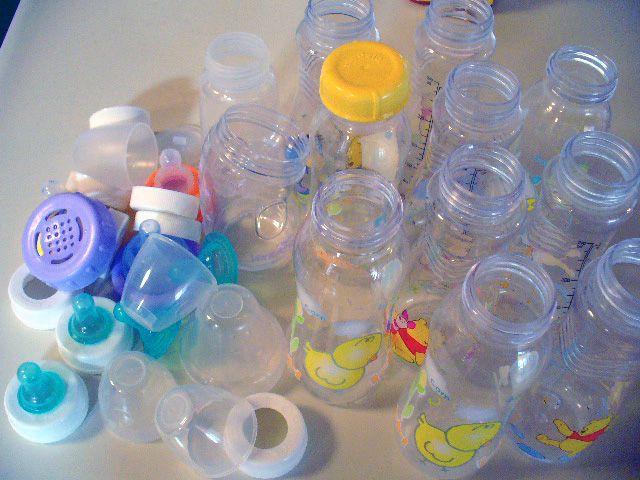 This should be done upside down.
This should be done upside down. - Close cover.
- Switch on the sterilizer for 7-15 minutes.
- Let the device “cool down” for 5-7 minutes. This is necessary so that you do not accidentally burn yourself with steam.
If the use of the bottles "does not burn", then they can be left with a closed lid - so they will be sterile for another 4-5 hours. If you need to get one of the bottles, take only it, and close the rest of the clean bottles with lids.
Before putting the dishes into the sterilizer, make sure they are clean. The device removes germs and odor, but does not cope with pollution.
Read: Top 5 Best Convertible Strollers
Avoid Sterilization Mistakes: 4 Common
Many parents make basic mistakes that are best addressed in advance.
1. Unwashed or poorly washed utensils
Leftover food provokes the reproduction of microflora and can cause stomach problems in a child.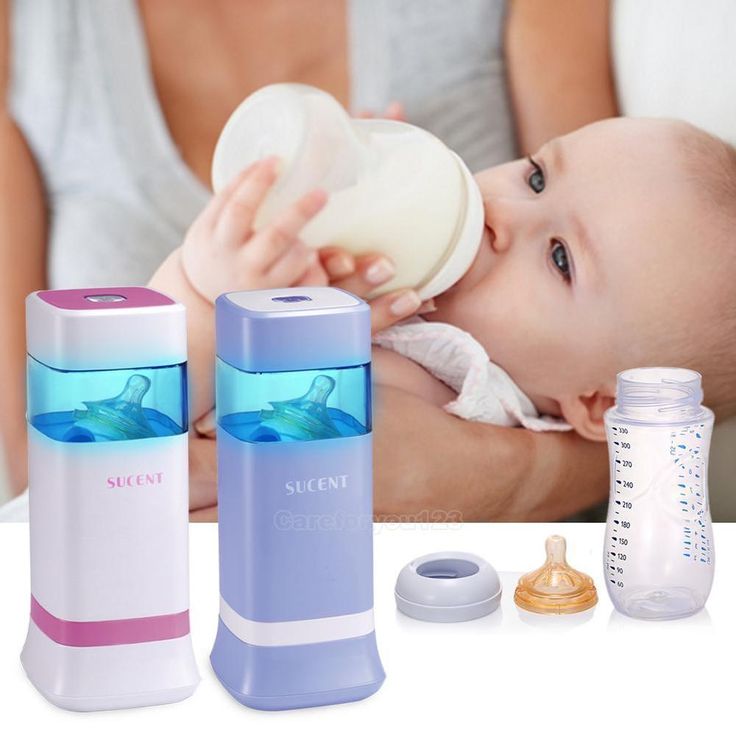 And sterilization does not wash out food residues - only cleaning can do this.
And sterilization does not wash out food residues - only cleaning can do this.
2. Pot boiling
You can't boil! The maximum allowable temperature for children's utensils is 110 ° C. And often it is even less. Otherwise, the bottles may melt.
3. Installation in a steamer and microwave without water is contraindicated
The device will burn, and the dishes will melt.
4. Sterilization of dishes with visible chips and cracks
Microbes accumulate and multiply in them, which can cause diseases of the gastrointestinal tract and not only.
Note: TOP-10 strollers with inflatable wheels
Pros and cons of sterilization
Each parent has his own opinion about sterilization, but there are definitely no indifferent to this issue.
Arguments "For" and "Against" are summarized in the final table:
So when choosing "to sterilize or not", everyone decides for himself.